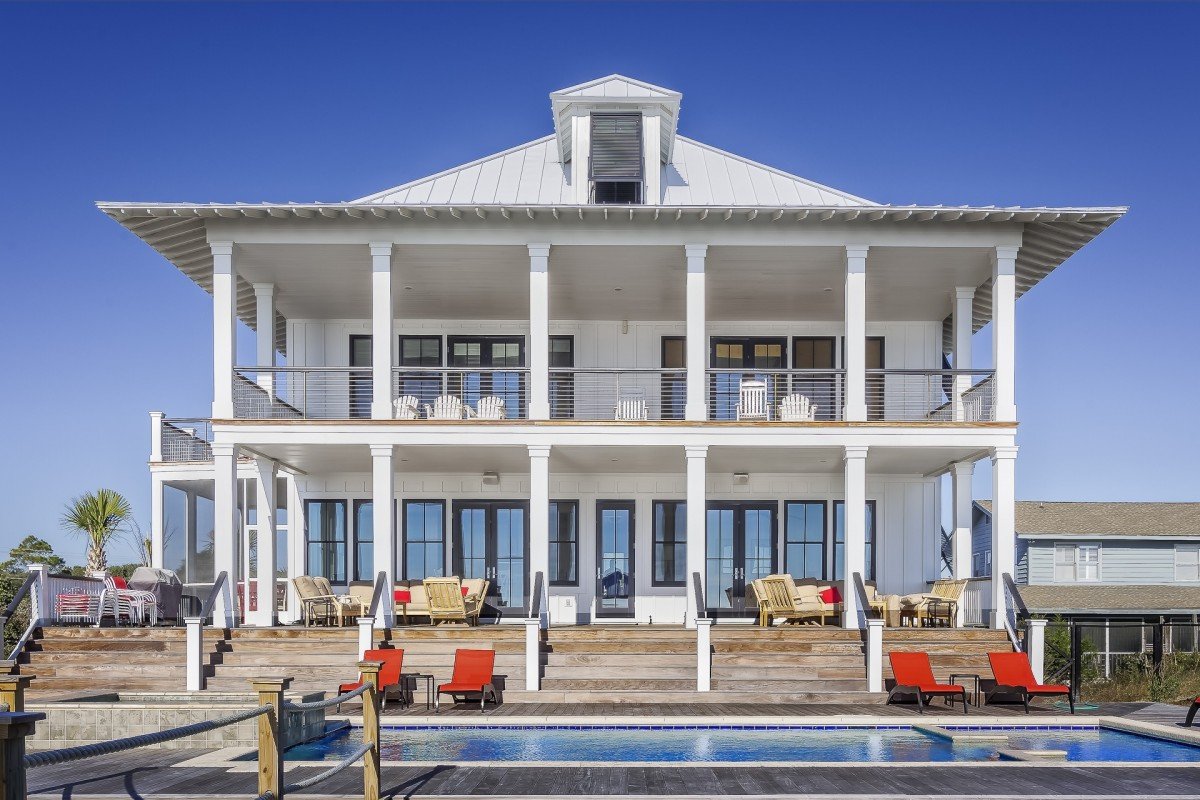From The Beatles Band to The Stones Marquee Club’s Iconic Lineup
This venue maintains a deep place in the history of music, functioning as a revered ground for certain the greatest acts in rock music. Founded in the center of London, this iconic venue became a platform for numerous legendary bands, with the Fab Four and the Stones among its leading alumni. The cozy setting and vibrant atmosphere of The Marquee enabled fans to witness the pure energy of live performances, resulting in memorable memories that still resonate today.
As the 1960s evolved, the venue emerged as a crucial hub for the emerging music scene. สล็อตเว็บตรง Bands that would go on to alter the landscape of popular music took the stage, enthralling audiences with their innovative sounds. It was in this venue that young musicians honed their craft and made their mark, cementing the venue’s reputation as a breeding ground for talent. From the blues-infused rock of The Stones to the pop melodies of the Beatles, the legacy of The Marquee Club is woven with the evolution of modern music.
The Birth of The Marquee Club
The Marquee Venue was founded in 1958 in the heart of London, rapidly becoming a cornerstone of the British music scene. At first located on the famous Oxford Street, the venue was established by a collective of jazz lovers who wanted to provide a space for live music. The name "Marquee" was inspired by the large tent that would be used to host shows, creating a sense of excitement and drama for the audience.
As the 1960s approached, The Marquee Club moved from its jazz origins to welcome the growing rock and roll movement. This shift allowed early bands to showcase their skills in an close setting, attracting a loyal following. The club’s small capacity created an electric atmosphere, where audience members could connect directly with up-and-coming artists, fostering a sense of belonging and excitement for fresh sounds.
The Marquee Club quickly gained a reputation for hosting legendary performances. Artists like The Beatles, The Rolling Stones, and David Bowie performed on its platform, turning the venue into a essential spot for music lovers. As word spread about the club’s iconic lineup, it set the stage for the evolution of the music scene in London and cemented its status as a cultural landmark.
Iconic Performances
The Marquee has been the stage for numerous legendary concerts that have transformed the music industry. One of its most memorable nights came in 1962 when the Fab Four took to the stage, delivering an electrifying show that would be remembered for ages. Their captivating energy and innovative sound enchanted the audience, cementing their rise to fame. This show marked a turning point not only for the band but also for the venue, instantly elevating the Marquee Club’s status as a must-visit location for music enthusiasts.
Another memorable moment was when The Rolling Stones graced the stage in the early 1960s. With their raw sound and edgy attitude, the Stones brought a new edge to rock and roll, making a lasting impression on all who were there. Their shows at the Marquee Club demonstrated their unique ability to connect with the crowd, creating an electric atmosphere that would become synonymous with the club. This period laid the groundwork for their illustrious career and reinforced the Marquee’s reputation as a breeding ground for rock legends.
The Marquee Club continued to host legendary acts throughout the decades, including Hendrix and Bowie, both of whom left lasting marks on the music landscape. Hendrix’s explosive guitar skills and Bowie’s dramatic flair drew fans from all walks of life, further cementing the club’s legacy as a place where musical innovation thrived. These performances not only enhanced the Marquee’s narrative but also contributed to the overall evolution of popular music, creating a tapestry of unforgettable moments that musicians and fans will always cherish.
Cultural Significance and Heritage
The Marquee Club has served as a formidable launching pad for countless musical talents, molding the landscape of rock and roll. Musicians who graced its stage often point to the personal nature of the venue as a critical element in their growth as performers. The club fostered an setting where experimentation flourished, allowing artists to connect with their audience in a setting that was both welcoming and vibrant. This distinct atmosphere contributed to the birth of various musical genres that spilled out onto the venues of London and beyond.
In addition to cultivating talent, the club became a center for music enthusiasts. It drawn fans who were eager to experience the cutting edge of the music scene as it unfolded. Because of its standing, the club drew not just regional crowds but also global visitors, establishing itself as a pilgrimage site for anyone serious about rock music. The impact of this locale extended beyond the shows themselves, influencing style, art, and the relationships of youth culture during the 1960s and 70s.
The legacy of this venue is still felt today, as its spirit continues to inspire new generations of musicians and music lovers. The venue’s legacy is honored in various forms, from films to books that detail the vivid history of talent that once graced its stage. While the original location has long since closed, the Marquee’s influence persists through the ongoing echoes in music culture, reminding us of its crucial role in the story of rock music.

